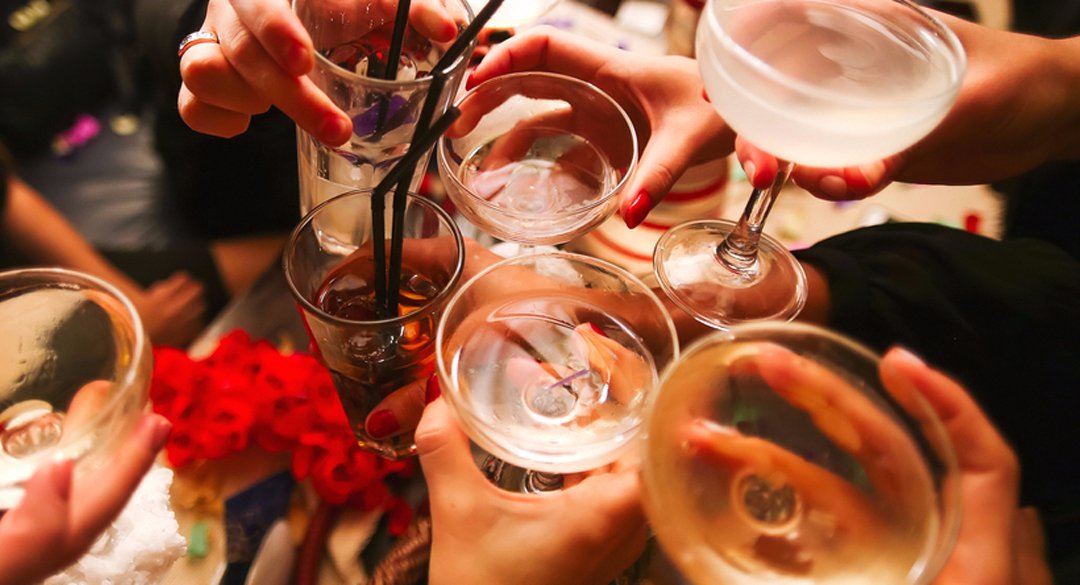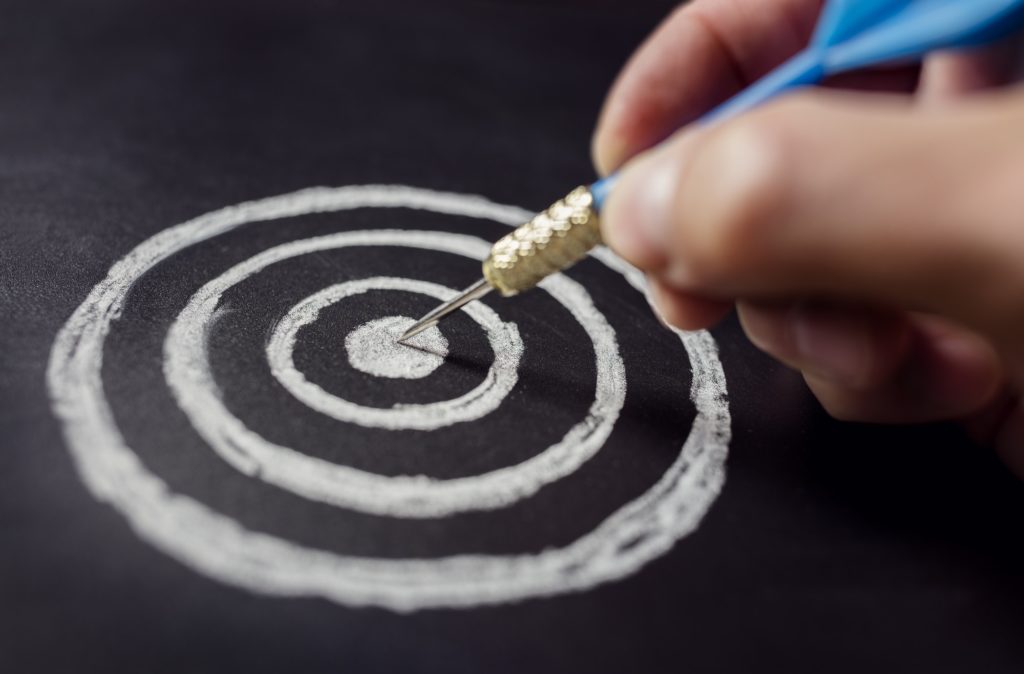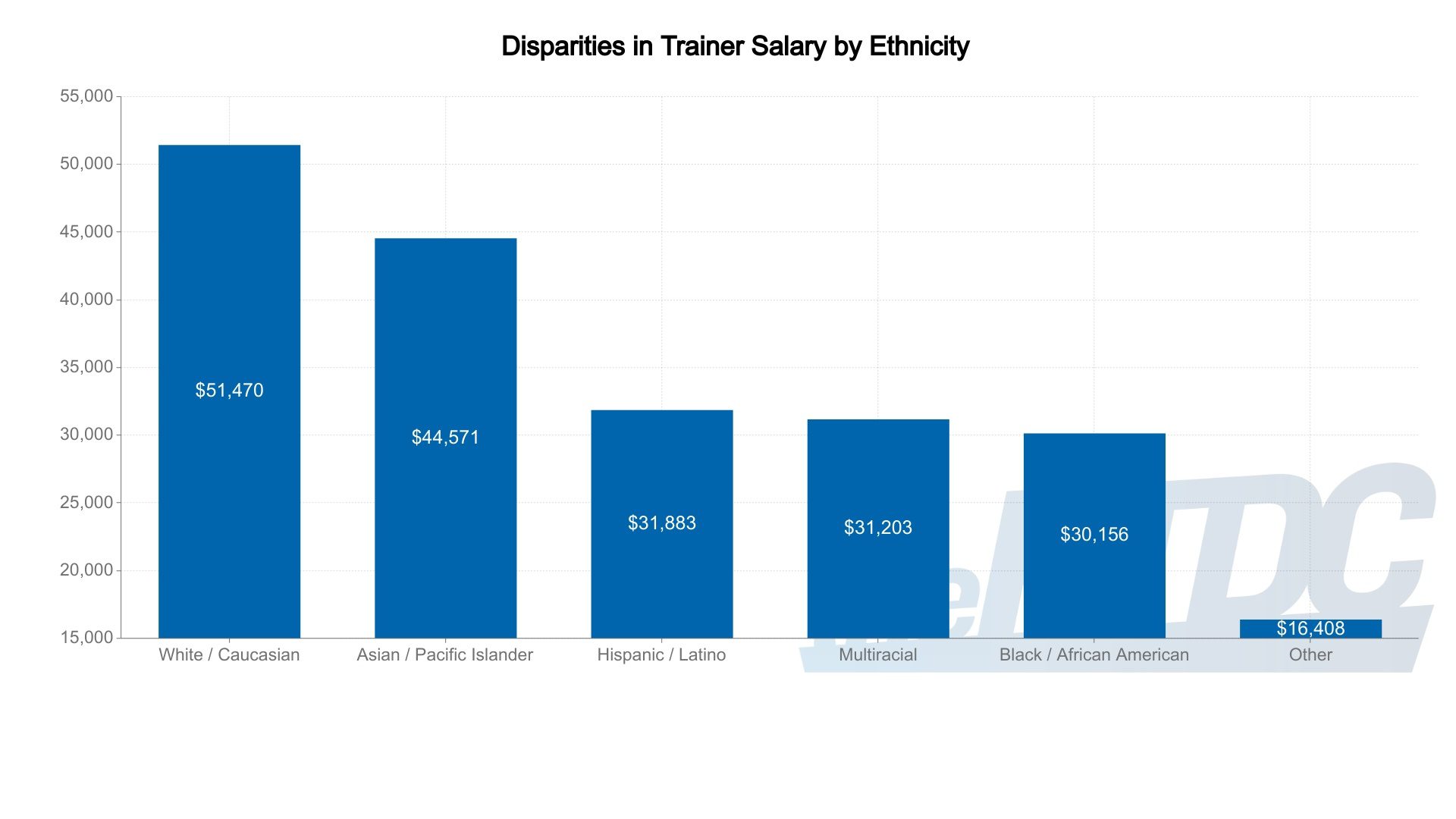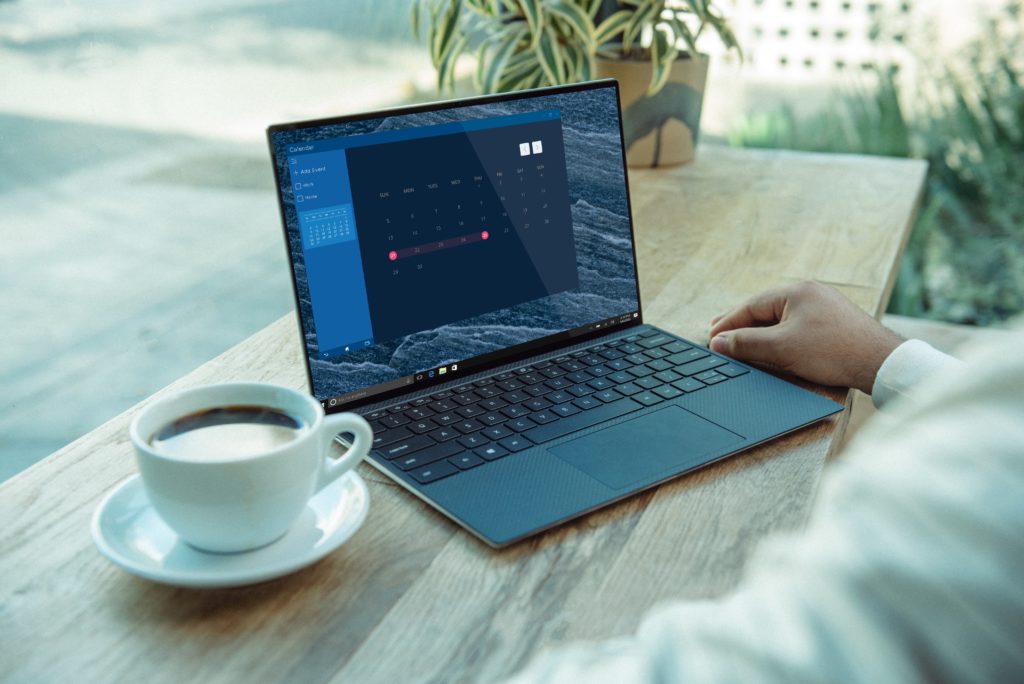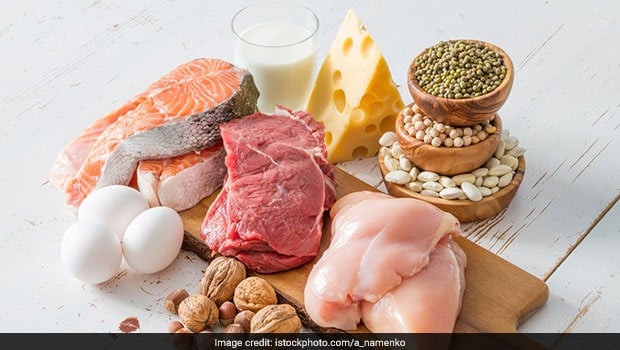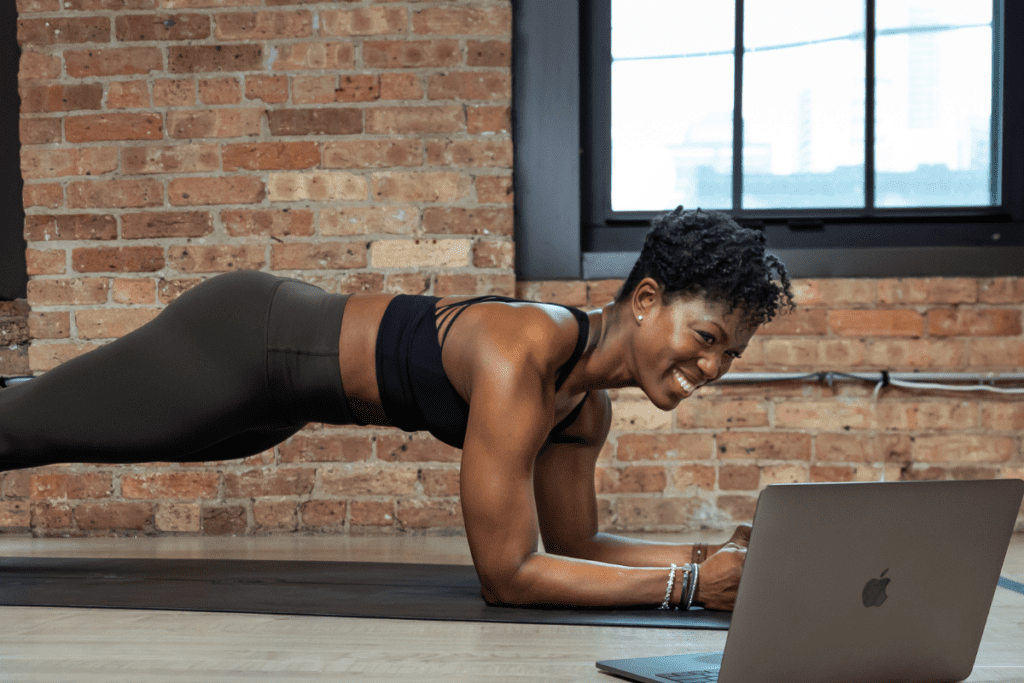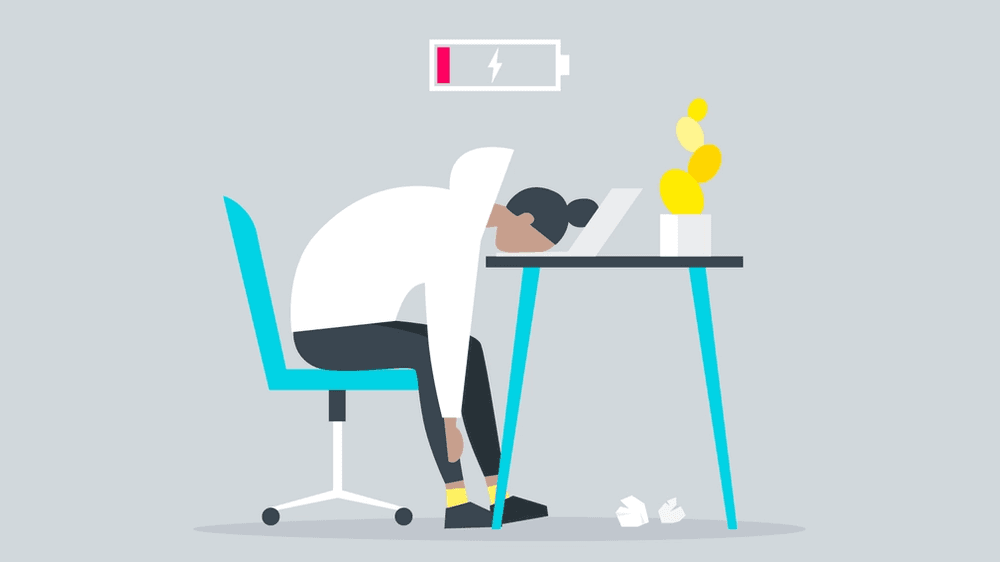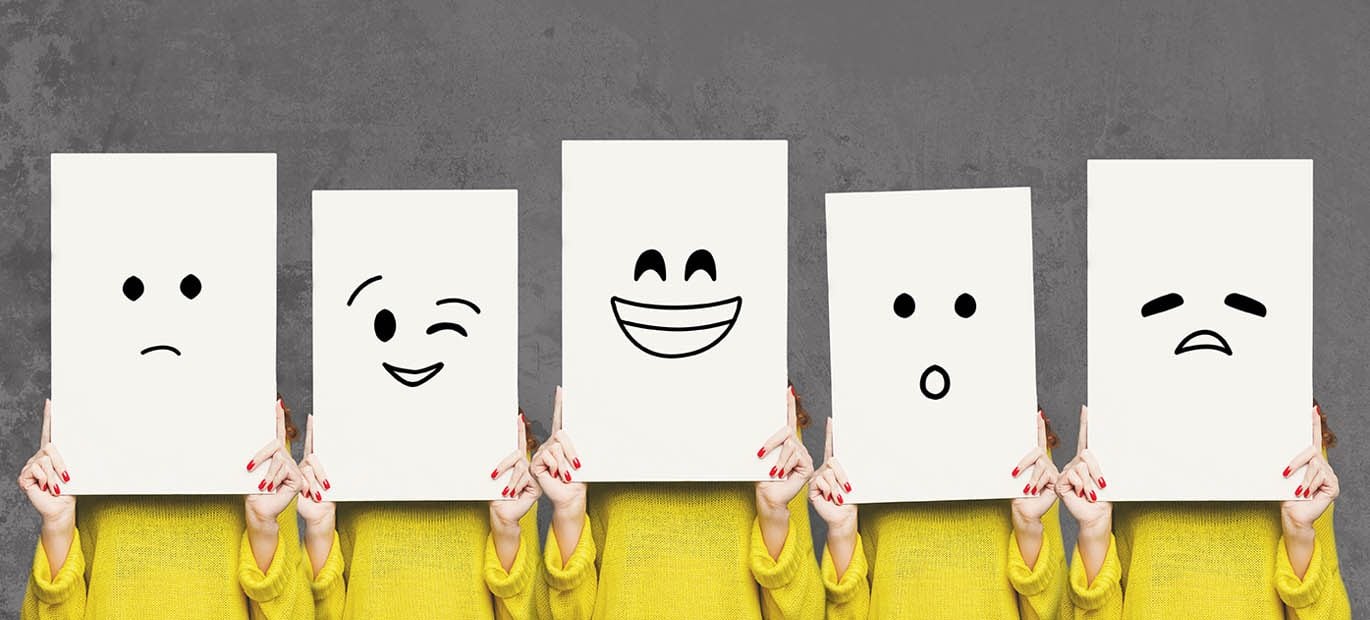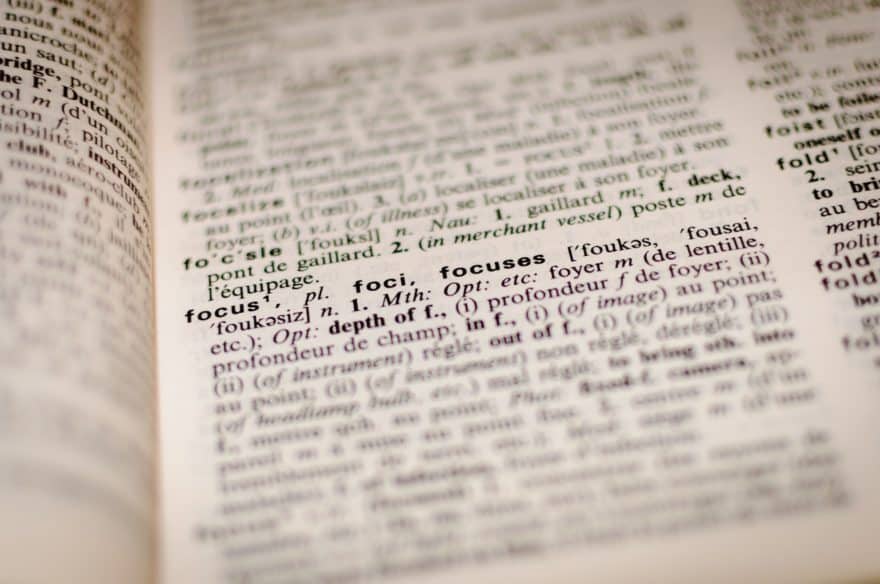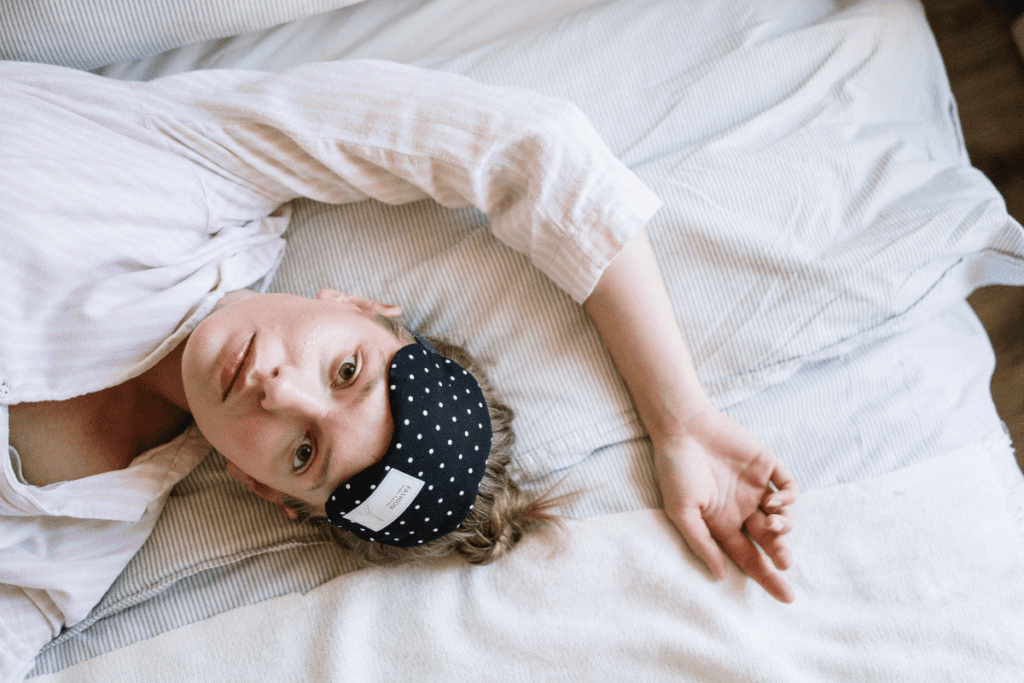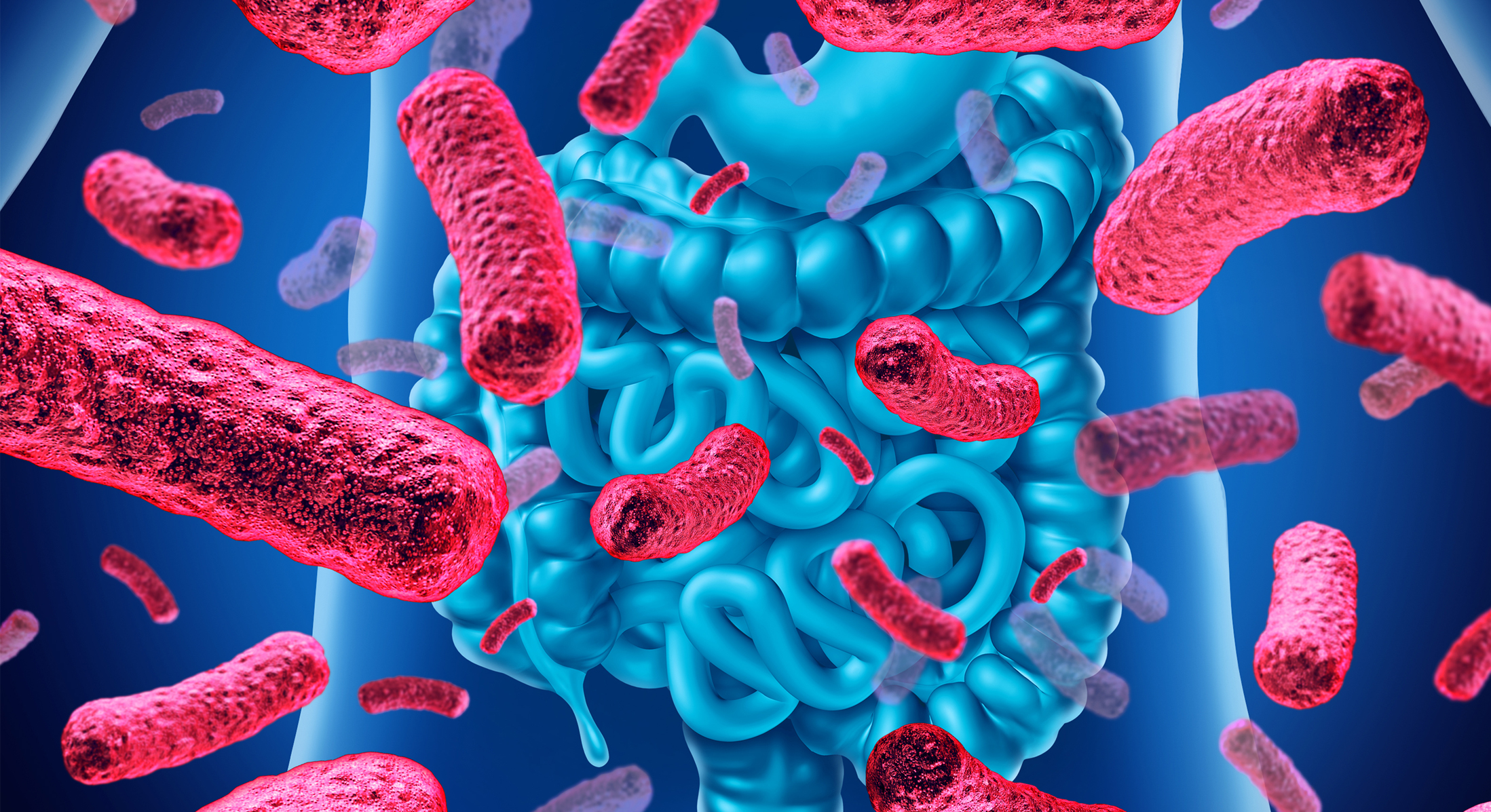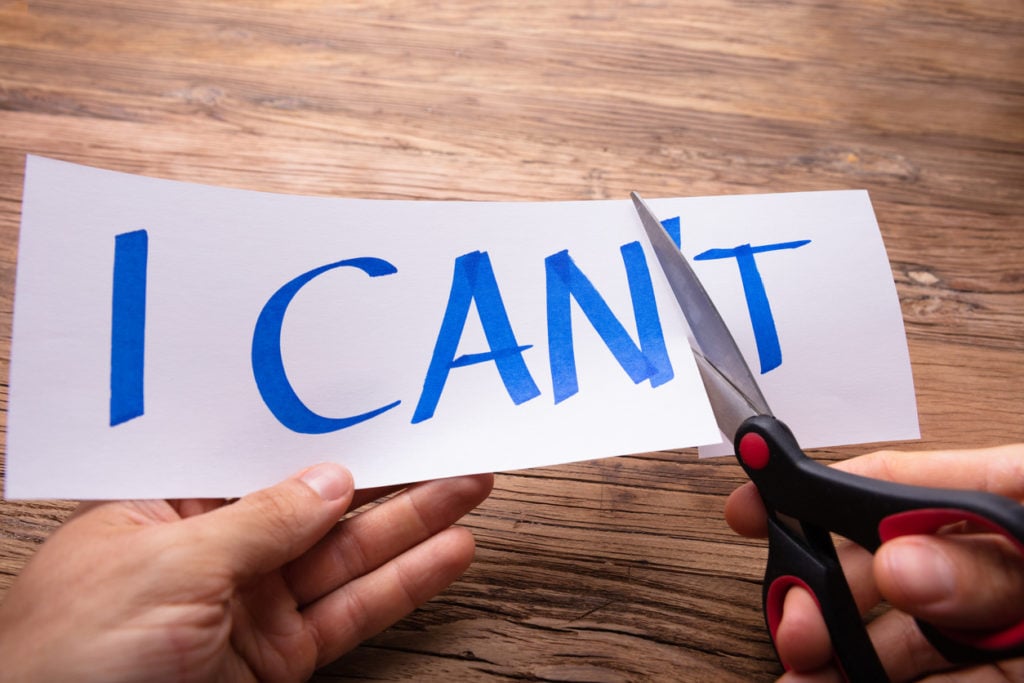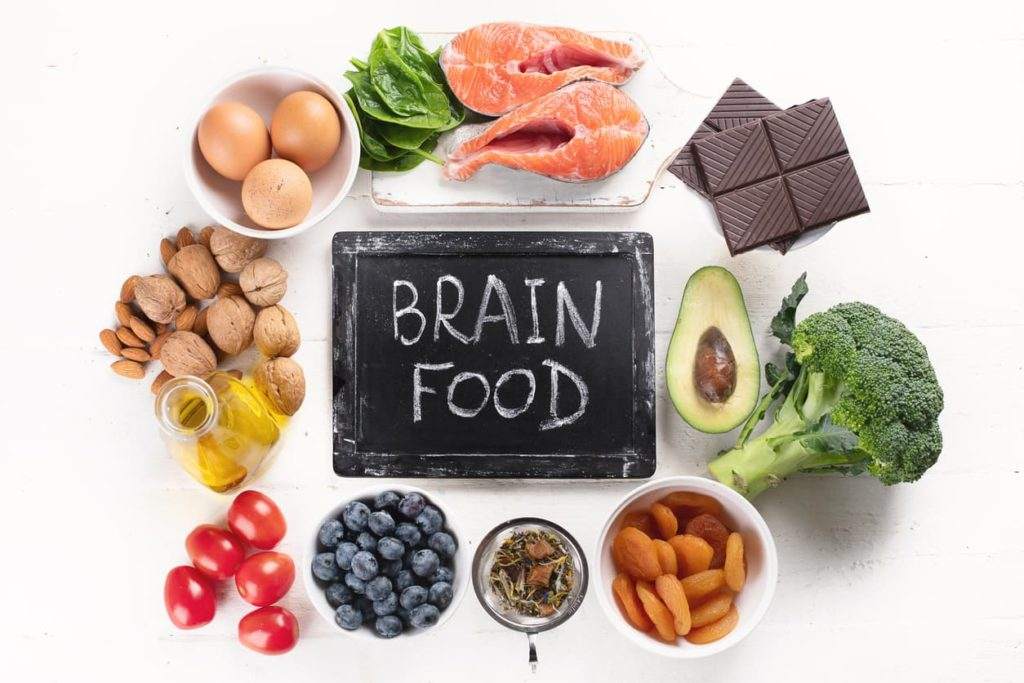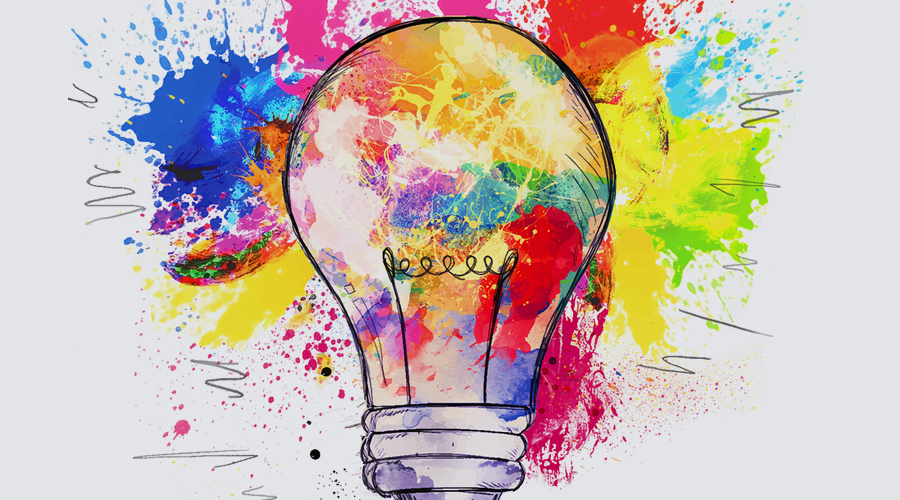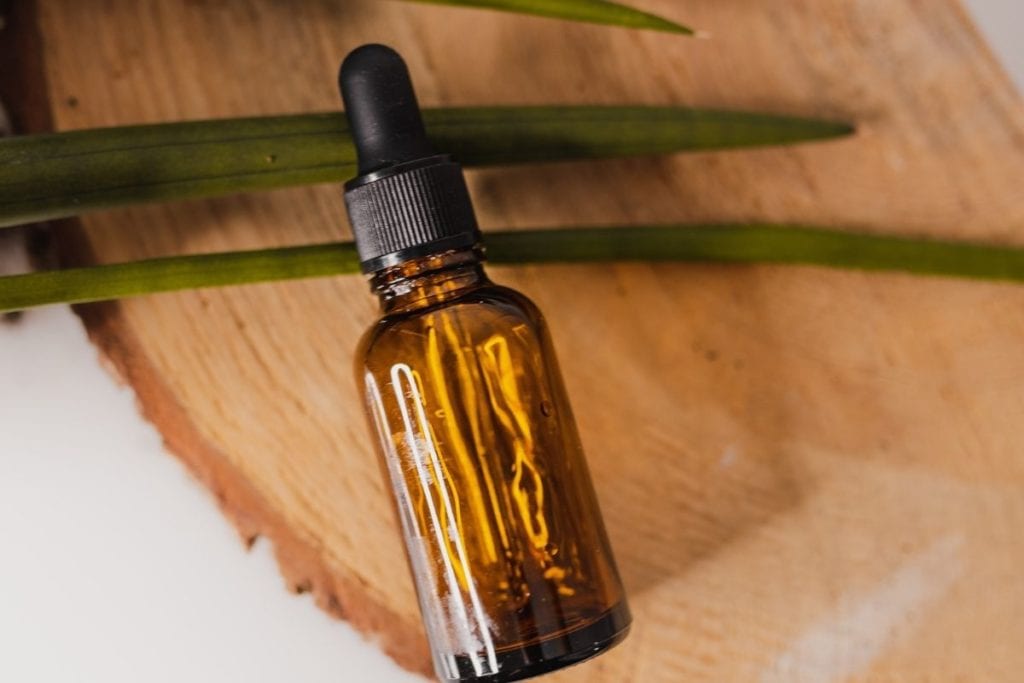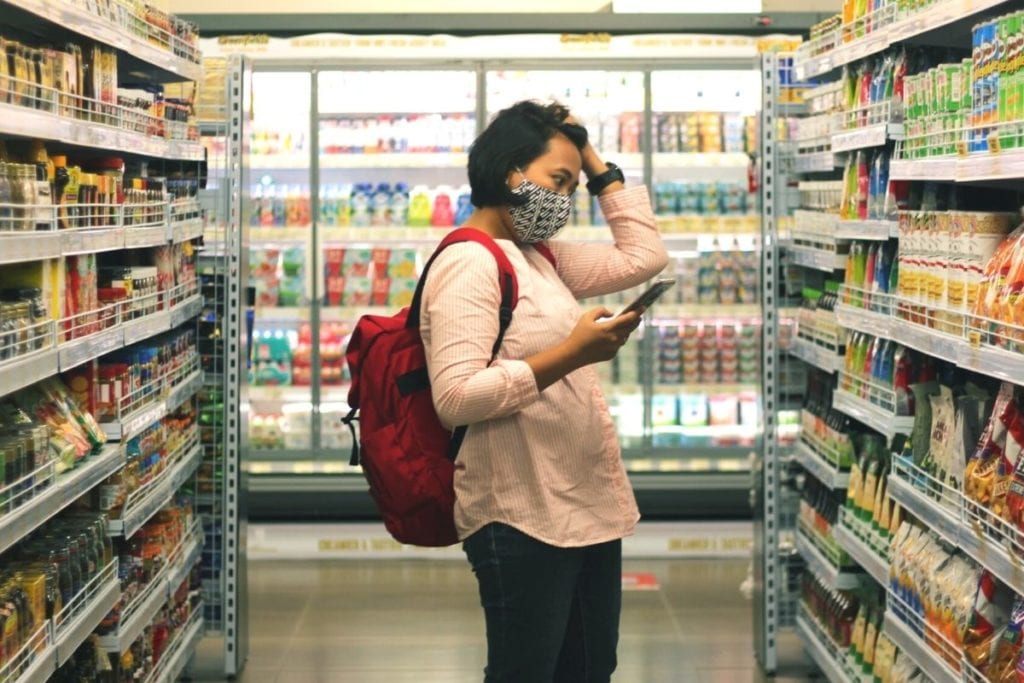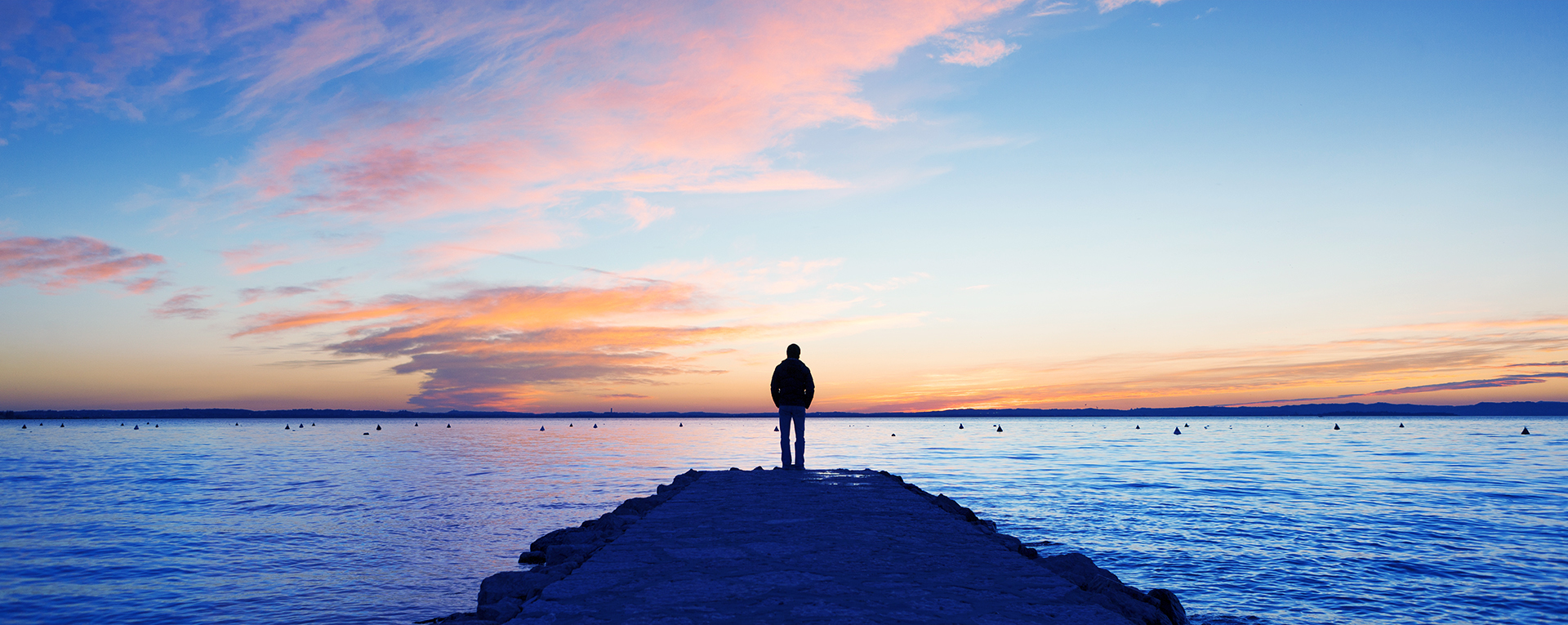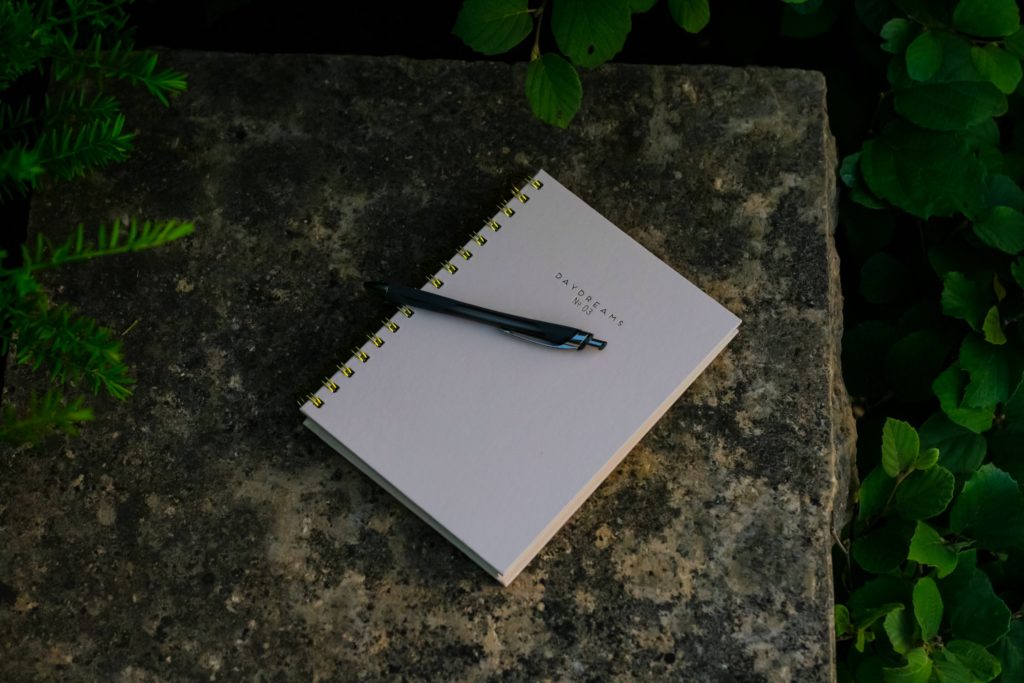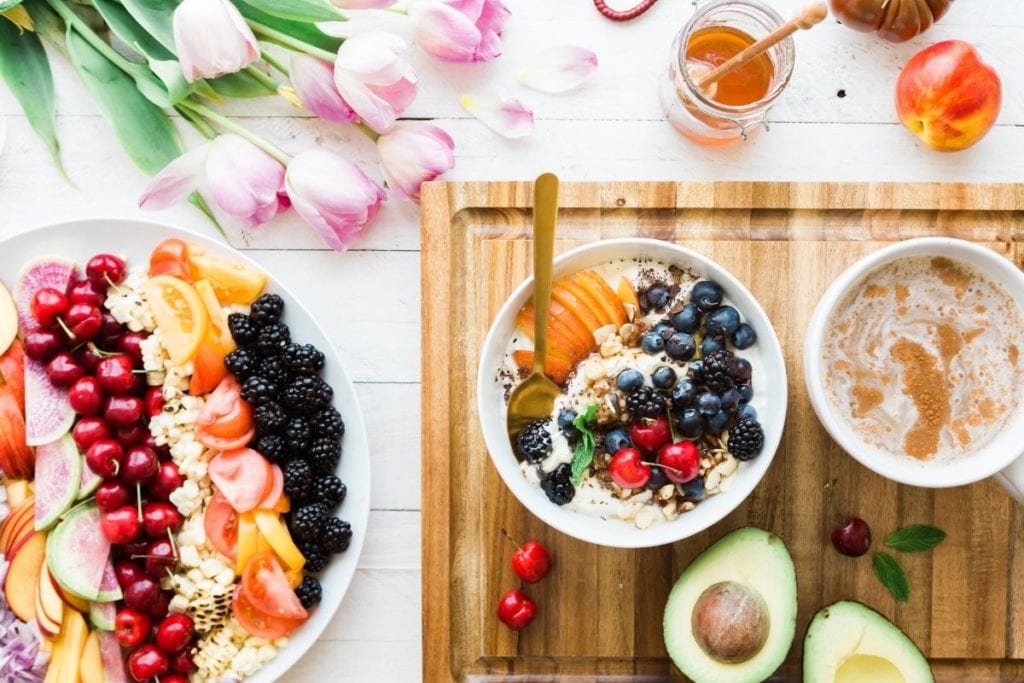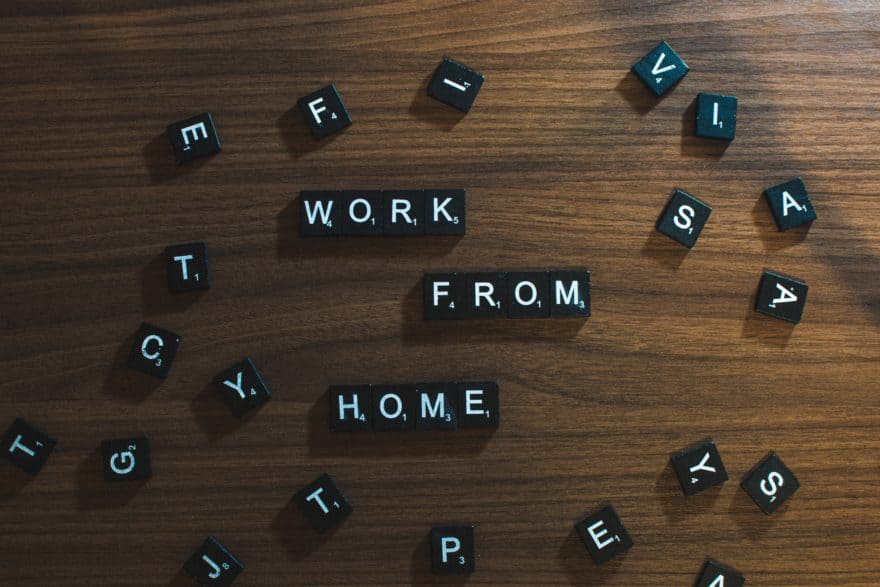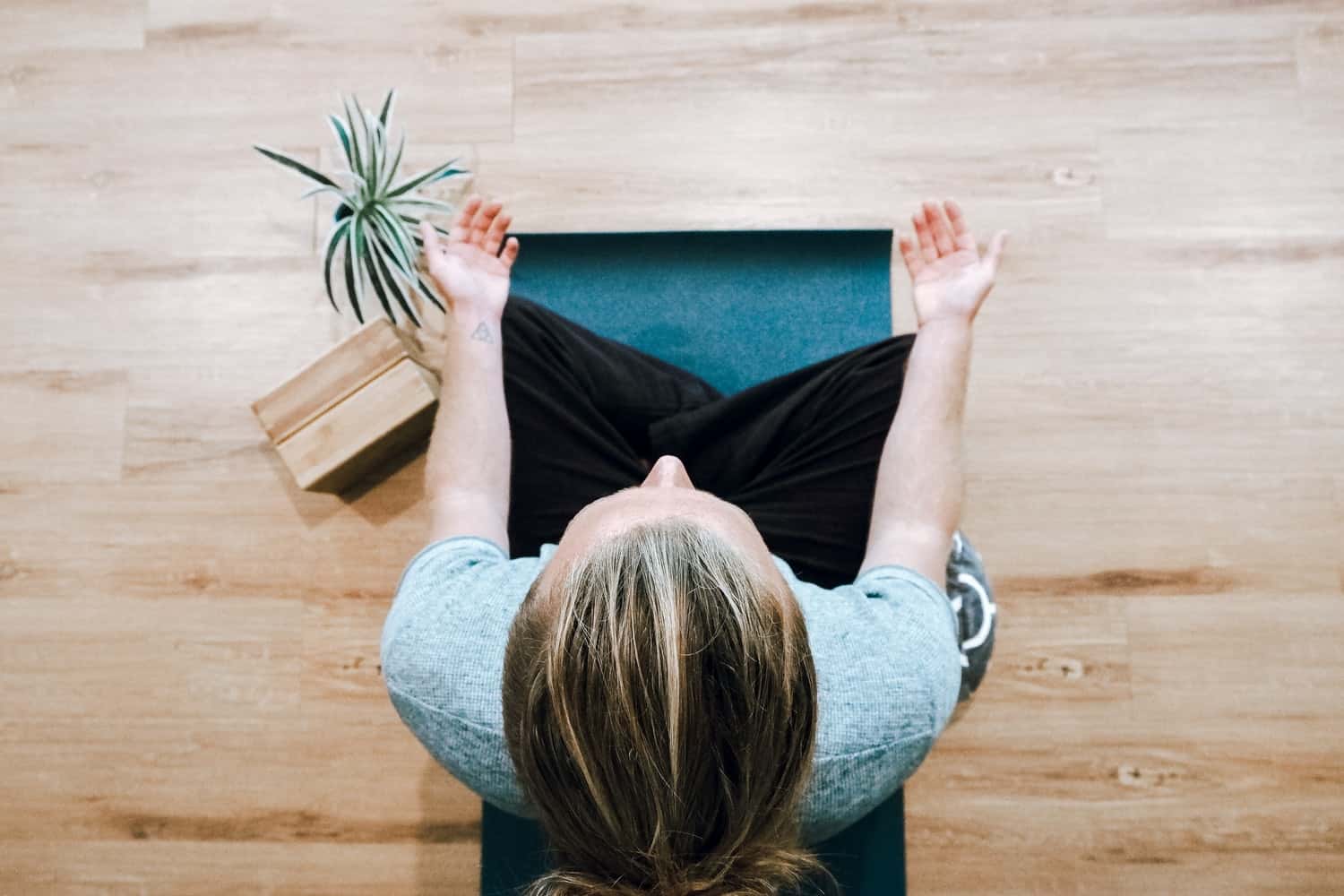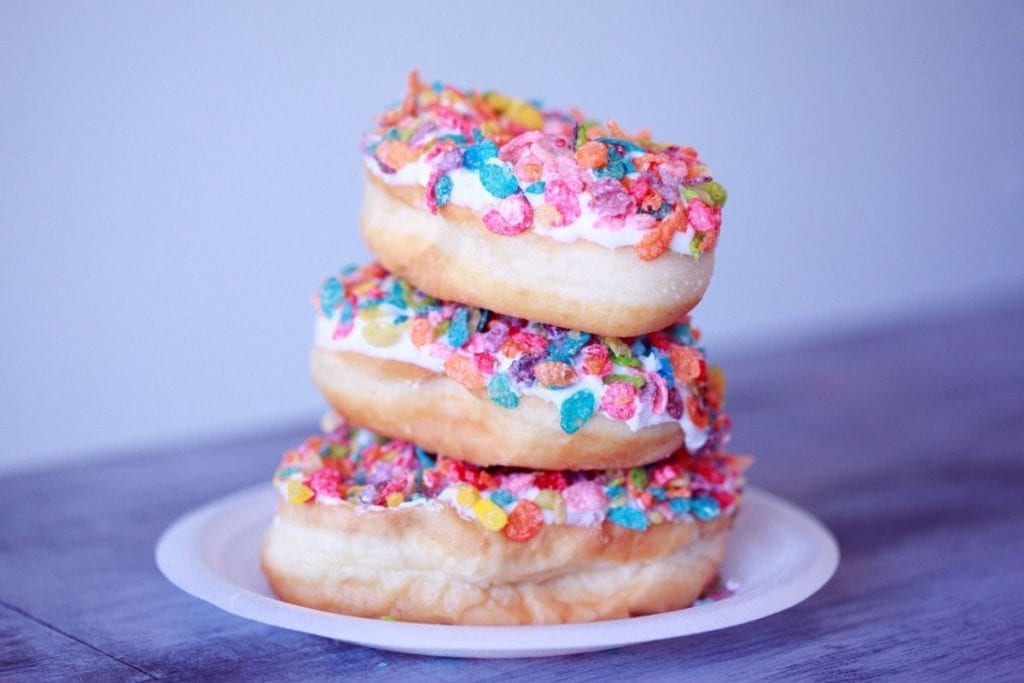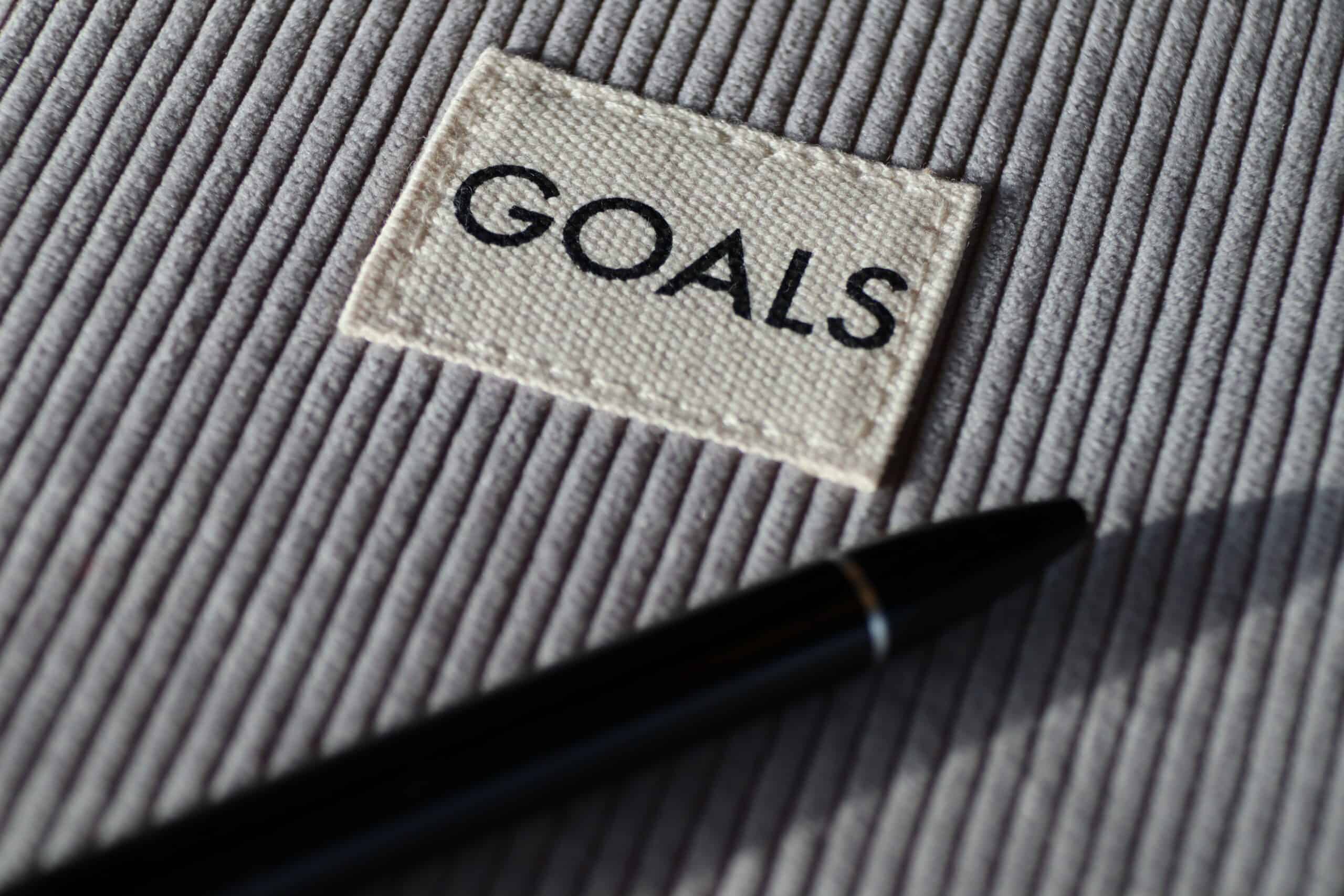Whether it's subjecting my body to a punishing workout, powering through a six-hour deep work session, regulating my food and meal composition and timing, or experimenting with the craziest biohacks…
…I have a tendency to go all-out.
But when it comes to alcohol, I'm a total lightweight.
For example, when he was on my podcast, my friend Dr. Ben Lynch introduced me to his StrateGene analysis, which is a comprehensive at-home genetic test—and my results revealed that because of my genes, alcohol has a deleterious, unbalancing effect on my neurotransmitters. This reaction is primarily a result of my naturally elevated levels of histamines, which, on the plus side, contributes positively to focus and attention, but also means that I am more prone to adverse reactions from alcohol such as irritability, insomnia, increased heart rate, headaches, and more. In Chapter 1 of my book Boundless, I go into further detail about the condition of my histamines, along with dietary tactics I now implement to reduce the effects of histamine intolerance (And if you're interested in finding out how alcohol affects your neurotransmitters, you can get 10% off StrateGene with code BEN10.)
Now please understand that your relationship with alcohol may be very different from mine—in fact, that's quite likely. That's because reactions to alcohol are highly personal, and there is still much that is unknown about how alcohol works on your brain and your body. Yet because I know how many people like to enjoy a nice cocktail, beer, or glass of wine, drinking is a subject I have covered in depth because the research is constantly evolving and so many people (you may relate) have a desire to consume alcohol in a way that minimizes both the short-term and long-term negative effects, or in a way that actually increases longevity, which alcohol can.
For much, much more on what I've had to say about alcohol, you can check out the following podcasts and articles:
- Does Alcohol Really Make You Fat, Which Alcohol Is Healthiest, Hidden Ingredients In Alcohol & Much More: The Ultimate Alcohol Damage Mitigation Guide.
- How Quitting Alcohol Helped Today’s Guest Lose 30 Pounds, Make More Money, Attract Better Friends And Lovers, And Got A Job Hosting SportsCenter on ESPN (And Your Formula For Reducing or Quitting Alcohol).
- How To Eat 1 Meal A Day, Drink A Bottle Of Hangover-Free Wine Every Night & Manifest Everything You Desire In Life.
- How To Microdose With Alcohol For A Better Brain & A Longer Life (& 3 Quick Hacks To Make Alcohol Healthier).
- Healthy Drinking 101: How To Make Feel-Good, Alcohol-Free Cocktails Chock Full Of Nootropics, Adaptogens & Botanicals!
- The 30 Days No Alcohol Experiment: Part 1 (What Happens When You Quit Alcohol Cold Turkey).
- The 30 Days No Alcohol Experiment: Part 2 (What Happens When You Quit Alcohol Cold Turkey).
- Dark & Dirty Secrets Of The Wine Industry, Four Ways To Make Wine Healthier, and What Kind Of Wine Fit People Should Drink.
- Get Rid Of Holiday Hangovers Once & For All: How To Party Hard Without Doing Lasting Damage To Your Body.
- How Gluten-Free Beer Works & How To Get Rid Of The Gluten In Beer Without Making Beer Taste Like Crap.
- Men's Health magazine: I Got Completely Wasted and Tested Popular Hangover Cures
- Sabbath Ramblings: Sober.
While there is still a whole lot to be learned, the research on alcohol is conclusive on this point: drinking to excess is dangerous, and it's a significant societal problem. According to the National Institute on Alcohol Abuse and Alcoholism, in 2019, 25.8 percent of people ages 18 and older (29.7 percent of men in this age group and 22.2 percent of women in this age group) reported that they engaged in binge drinking in the past month, and 6.3 percent (8.3 percent of men in this age group and 4.5 percent of women in this age group) reported that they engaged in heavy alcohol use in the past month. Chronic heavy drinking makes you more likely to have a stroke, increases your risk of Alzheimer’s, and means a significantly shorter life expectancy. And of course, alcohol can impair your decision-making and increase impulsivity, which you know if you've ever woken up in the morning with a pounding head and a hazy memory of your actions at the cocktail party the night before.
So why drink at all?
Well, as I discuss in this recent article, even the Bible speaks favorably of using wine for medicinal purposes and advises to “drink your wine with a cheerful heart,” so long as temperancy is practiced. After all, is there anything more enjoyable than a glass of organic, biodynamic wine with friends? There are also a number of health benefits of moderate drinking, including an increase in glymphatic function (your brain’s ability to clear waste products), decreased inflammation, and relief of mental stress. In addition, the specific risks noted associated with chronic, heavy drinking seem to be decreased with moderate drinking (for example, stroke and dementia risk may be lessened when you drink a glass or two of wine daily).
If you're like me, though, you may drink moderately and still occasionally need to deal with a hangover if you're not careful. This is why in my coverage of alcohol and drinking I have placed a good deal of focus on ways of mitigating the morning-after effects. In fact, I devoted an entire section of Chapter 13 in Boundless to tactics to never be ravaged by a hangover again, and I wrote an article for Men's Health magazine testing popular purported hangover cures. As noted in that article, scientists still don't fully understand the mechanism of a hangover, which is somewhat surprising considering the prevalence of post-partying pain, but there are plenty of effective, safe ways to avoid or minimize that awful stomach-churning, pounding-head, dry-mouth wakeup call.
However, there is an angle that I have not yet dived into in regards to hangover help—the specific tactics that apply to women. Why is this important? Studies have shown that women start to have alcohol-related problems sooner and at lower drinking levels than men. If a woman and a man of the same weight drink the same amount of alcohol, the woman’s blood alcohol concentration (BAC, the amount of alcohol in the blood) will tend to be higher, putting her at greater risk for harm.
Regarding this topic, I recently discovered a book called Eat, Drink, and be Gorgeous: A Nutritionist's Guide to Living Well While Living It Up by Esther Blum. Esther is the author of several books, an expert nutritionist, and an in-demand authority contributing to media such as the Today Show, the Los Angeles Times, and top women's lifestyle magazines. Apparently, she drinks too, because in Esther's book, she devotes an entire chapter to how “glittering, glamified, and gorgeous” women (and yep, men too!)can enjoy a night on the town and still feel like a million bucks the next day. I asked for (and received) Esther's permission to reprint the information from that chapter here, and I suspect you'll learn quite a bit about how to manage your own alcohol consumption in quite a fun way.
Enjoy!
Alcohol: A Social Lubricant
Saturday night: You’re gussied up, glittering, glamified, and gorgeous. A dash of perfume and you’re out the door and on your way to the club, where you’ll meet up with your best pals, cozy up to the bar, and order a delicious, frosty cocktail.
Ahhh.
They don’t call it a social lubricant for nothing.
Alcohol is the perfect party starter—but we all know you can go from glam to slammed in no time at all, with just one glass too many. And while the flight up into inebriation is oh so heavenly, the morning after can be nothing short of a highway to hell. There is not one gal out there who hasn’t relied too heavily on liquid courage at one time or another, and at some point, everyone wakes up with a hangover.
When I say everyone, I mean everyone. Just because I’m a nutritionist doesn’t mean that I’m immune to the perils of living it up too large! I, too, have paid the price for having had one too many drinks. I am a social butterfly by nature, and anyone who knows me can tell you that I hate to miss a party. But through the years, I have learned how to dazzle, partake, and par-tay without breaking a sweat (or anything else) at a party. And I’m here to tell you how.
Being healthy and the belle of the ball is no small feat, mind you. Whatever you pick as your poison (be it a Miller, a Manhattan, or Merlot), do remember that it is just that—a poison—and your responsibility to yourself is to help your body metabolize the poison in the best way possible. If you’ve had one hangover too many and your mantra has become “Never again!,” I’m the maharishi to guide you down the path of alcoholic enlightenment. Follow my advice and you’ll be able to have your cocktail and drink it too. I’m going to give you the straight dope on which alcohols do the least damage, how to prevent hangovers, and how to manage them. I’ve organized this article into four sections. Look to “Cruising for a Boozing” to find out how alcohol affects your system. “Don’t Do the Crime if You Can’t Do the Time” provides tips on what to eat and which supplements to take to prevent hangovers and decrease the toll alcohol can take on your system. The “Short-Term Measures” section puts at your fingertips many ways to prep your body for a big night out. And last but not least, “Relief Is on the Way” outlines all sorts of remedies, in case you didn’t do your homework before you got loaded. For you sexily sober babes out there, read on further; there’s something here for everyone!
Before we get to the good stuff, no article on drinking would be complete without a disclaimer. This article is in no way, shape, or form a license to ill! My intent is to provide you with support and rescue remedies for an accidental overdose of hooch, not to empower you to get screaming drunk every night. Gorgeous Girls need to take responsibility for themselves and not act like drunken asses all the time. I’m a dietitian, not a magician, and I have vitamins, not a magic wand! So rather than get excited about going out and binge-drinking, let’s switch gears a little bit and think about consequence-free, grown-up drinking that will keep you fresh as a daisy the morning after.
Cruising For A Boozing: Alcohol & Its Effects
If you just want to cut to the chase and learn how to get rid of your hangover, skip this section and move right along to “Relief Is on the Way.”
But once the pounding in your head has subsided, you can always revisit this section to learn about the long-term effects alcohol has on your body.
The first thing you need to understand is that candy may be dandy, but liquor is quicker, meaning that your body processes different types of alcohol in different ways. Despite the fact that a moderate amount of alcohol has proven health benefits (see Chapter 7 of my book, entitled “Gorgeous Questions and Answers”), too much alcohol is toxic.
A hangover is a constellation of unpleasant symptoms that occurs eight to sixteen hours after you drink excessive amounts of alcohol. Characterized by headaches, tremors, nausea, diarrhea, dry mouth, soreness, weakness, dizziness, and loss of appetite, a hangover also impairs your vision, cognitive functions, and spatial skills.
The reason you feel so lousy after a hard night’s drinking could be a combination of dehydration, hormonal changes induced by alcohol, direct toxic effects of alcohol, and inflammation caused by metabolizing alcohol, or it could be a result of impurities in the beverages.
When you drink, your body converts alcohol into toxic by-products. When breaking down these toxic by-products, the liver’s Phase I process (see “Love Your Liver,” below, for more info) produces free radicals, which are like little pinballs that seek electrons from other cells in order to make themselves more stable. If you drink too much, the free radicals are produced in excess, which can harm your liver cells. As they bounce from cell to cell, they can damage your DNA and ultimately make your cells act sick and age at a faster pace. This damage is to blame for the hangover experience.
In addition to making you feel crummy, the free radicals can disrupt normal, everyday cellular activities throughout your body that enable you to function. They can turn good cholesterol bad, cause cataracts, contribute to Alzheimer’s disease, and lead to cancer. Damage accumulates over time, injuring the cells’ walls and ultimately our DNA. Extensive DNA damage shuts down the mitochondria, or the cell’s furnace, causing the cells to die, which fuels the aging process within us. This damage plays out differently for everybody; for some babes it’s wrinkled skin, for others it’s feeling more tired, and for others it’s storing extra body fat.
Next, love your liver. After all, the liver is a girl’s best friend.
Truly.
It has the huge job of metabolizing and removing poisons in the body, whether it be too much alcohol, environmental toxins such as mercury or pesticides, or too much estrogen or medication.
It’s pistol-whip smart and will tell you right away if it doesn’t like something by giving you a royal hangover or a kink in your digestion. When you are out drinking with the girls, it works double-time to keep you sober. Much like a washing machine, the liver has its cycles: Phase I detoxification and Phase II detoxification. The general purpose of the whole detoxification process is to convert fat-soluble toxins (toxins that dissolve in fats and would therefore be trapped in your body) into water-soluble substances (toxins that dissolve in water and can be excreted from the body). If this does not occur, the toxins cannot be eliminated from the body and will stay inside the fat cells, which can lead to the appearance of cellulite.
In Phase I detoxification, a series of chemical reactions causes the liver to convert toxic chemicals into less harmful chemicals. Enzymes are required for this reaction; grouped together, they are termed the cytochrome P-450 system. Phase II detoxification converts the less harmful substances of Phase I detoxification into water-soluble substances that the body can excrete via the kidneys and bladder. To work efficiently, Phase II detoxification requires certain sulfur-containing amino acids (taurine and cysteine), as well as substances like glutathione, the liver’s most potent antioxidant. If the Phase I and II detoxification pathways become overloaded with waste products, there will be a buildup of toxins in the body. Taking medication, eating junk food, and being exposed to environmental pollutants such as gas fumes can all clog up the liver and make it harder for it to run efficiently.
A woman’s body breaks down alcohol more slowly than a man’s does.
Because of several physiological differences, you will feel the effects of alcohol more than a man will, even if you are the same size. (This makes us much cheaper dates.)
The reason is that we have significantly less dehydrogenase, a liver enzyme that breaks down alcohol. Typically women metabolize one drink per hour, while men metabolize two. Having more than one drink per hour will slow your motor function and coordination. Consume three drinks in an hour and you might be tossing them back up, especially if you’ve mixed your alcohols (a complete disaster and a guarantee for a hangover the next day).
There is also increasing evidence that women are more susceptible than men to alcohol’s damaging effects. Heavy drinking (two or more drinks per day) has been shown to disrupt normal menstrual cycling and reproductive function, putting you at increased risk for infertility, spontaneous abortion, or impaired fetal growth and development.
When a woman drinks, the alcohol in her bloodstream typically reaches a higher level than a man’s, even if both are drinking the same amount. This is because women’s bodies generally have less water than men’s bodies (52 percent for the average woman versus 61 percent for the average man). Because alcohol mixes with body water, a given amount of alcohol is less diluted in a woman’s body than in a man’s. Women become more impaired by alcohol’s effects and are more susceptible to alcohol-related organ damage. Ain’t womanhood grand?
And it doesn’t stop there. During the days right before you get your period, premenstrual hormonal changes can also make intoxication set in faster. It’s also pertinent to know that birth control pills or other medications containing estrogen will slow down the rate at which alcohol is eliminated from your body. Be mindful, too, when combining alcohol with antidepressants. Many people who take Zoloft, Prozac, or other depression-related medications can drink light to moderate amounts of alcohol without serious side effects, or any unusual effects at all. However, it’s never advisable to mix alcohol and antidepressants. When there is a noticeable reaction from mixing alcohol with antidepressants, it’s often an amplified response to the alcohol, and one drink could end up feeling like two. If you usually feel tired or even a bit depressed after drinking, then you might feel even more so if you’re on antidepressants. Alcohol also affects the serotonin levels in your brain by altering production levels. That’s why using these two drugs together could produce unexpected and unwanted reactions.
So what about weight gain from alcohol?
Ladies, I’m afraid I don’t have good news.
Although alcohol itself doesn’t contain any fat, it is metabolized as a fat. The reason is that alcohol is not an efficient fuel, so it actually halts your body’s fat-burning process.
Protein and carbohydrates contain 4 calories per gram, alcohol contains 7 calories per gram, and fat contains 9 calories per gram. So if you’re a gal who likes her liquor, remember that it’s easy to gain weight from drinking, because not only is alcohol packed with calories, but it increases your appetite to boot! And when you add in mixers—juice, sugar, and other ingredients—the calories really can add up. Here’s a handy breakdown of calories in different types of drinks:
Beer: Nonalcoholic beer actually has the same calories as alcoholic beer: 148 calories in a twelve-ounce serving. If you drink a light beer—like Bud Light—you’ll take in only around 99 calories per twelve ounces. But if you drink the heavy ales and porters, you can bet your bottom dollar that the calorie count will shoot up instantaneously.
Wine: Dry wine contains fewer calories than sweeter wine. For example, a glass of dry wine has about 106 calories and a glass of sweet dessert wine a whopping 226. If you drink a glass of wine before dinner, another glass with dinner, and a sweet wine for dessert, you’ve added more than 400 calories to your meal.
Champagne: You’ll be glad to hear that champagne contains the same amount of calories as other dry wines: 106 per glass.
Hard Alcohol: The calories in gin, rum, vodka, and whiskey depend on the proof, which is twice the percentage of alcohol. For example, 90 proof vodka is 45 percent alcohol; 100 proof vodka is 50 percent alcohol. It’s easy to guess which has more calories: The higher the proof, the higher the calories. Here’s the damage:
- A double shot of 80-proof liquor contains 97 calories
- A double shot of 90-proof liquor contains 110 calories
- A double shot of 100-proof liquor contains 124 calories
Where Do Your Drinks Weigh In?
If you're watching your waistline…
…I’ve listed the calorie contents of a mélange of cocktails so you’ll know where on the scale your drinks weigh in.
Unless otherwise noted, the calories listed for wine are based on a 4-ounce serving and beer servings are 12 ounces. Daiquiris, martinis, and Manhattans are approximately 4 ounces. And the winner of the most calories per drink goes to…the 8-ounce margarita, which clocks in at a whopping 540 calories! Don’t go at it alone; grab some friends and some straws and divvy it up!
- Amstel Light beer: 95 calories
- Bloody Mary: 115 calories
- Budweiser: 160 calories
- Champagne, dry: 106 calories
- Chardonnay: 90 calories
- Chocolate martini: 188 calories
- Coors Light beer: 102 calories
- Cosmopolitan: 179 calories
- Dos Equis imported beer: 160 calories
- Eggnog: 305 calories
- Frozen margarita: 246 calories
- Gimlet: 110 calories
- Gin and tonic: 171 calories
- Guinness Extra Stout: 190 calories
- Heineken beer: 160 calories
- Hot toddy: 150 calories (per 3 ounces)
- Irish coffee: 159 calories
- Jack Daniel’s and Coke: 129 calories
- Kahlúa and cream: 90 calories (1.5 ounces)
- Mai tai: 306 calories
- Manhattan: 183 calories
- Martini: 210 calories
- Michelob Ultra: 95 calories
- Miller Genuine Draft: 148 calories
- Miller Light beer: 110 calories
- Mimosa: 137 calories
- Mudslide: 155 calories
- Newcastle Brown Ale: 150 calories
- Pete’s Wicked Ale: 174 calories
- Piña colada: 342 calories
- Red Bull with vodka: 210 calories
- Red wine: 90 calories
- Rum and Coke: 240 calories
- Rum and Diet Coke: 133 calories
- Samuel Adams: 145 calories
- Samuel Adams Boston Lager: 160 calories
- Sangria: 115 calories
- Schlitz Light beer: 110 calories
- Screwdriver: 208 calories
- Strawberry daiquiri: 150 calories
- Strawberry margarita: 210 calories
- Whiskey sour: 122 calories
Liqueurs: The calorie content of other types of liquor varies greatly. Watch the really sweet stuff. A serving of schnapps has 108 calories, and crème de menthe will set you back 186 calories. Why do you think they’re served in shot glasses?
Mixed Drinks: Obviously, the larger the mixed drink, the higher the calorie content. If your favorite watering hole serves 8-ounce pond-sized margaritas, you can easily drink more than 500 calories in one fell swoop (that’s without the chips and guacamole). Choose a smaller cocktail, like a cosmopolitan, and you’ll take in only about a third of the calories; but keep in mind that a cosmo is still quite sugary.
Obviously, you can add this all up pretty easily. For example, one beer every night adds 1,036 additional calories per week, or fifteen pounds to your stomach per year. Can we say “beer belly,” anyone?
Three glasses of dry wine a week will cost you 318 calories, or an additional three miles on the treadmill just to walk off the extra calories.
So if you are watching your weight, follow these tips:
- Limit your alcohol intake to three drinks per week. From a health and hangover perspective, space them out over the course of a week, rather than binge-drink them all at once.
- Remember that the calories from alcohol add up quickly, and they go straight to the fat in your abdomen; visualize a muffin top hanging over your waistband!
- Most people eat high-calorie snacks when they drink alcohol—a double whammy in terms of weight gain.
Makes club soda with a twist of lemon look all the more angelic, doesn’t it? Damn!
Don't Do The Crime If You Can't Do The Time: Long-Term Prevention Tips
That double martini isn’t sounding so good anymore, is it?
Fear not: Your nutritional fairy godmother is here to dispense some lifestyle tips so you can enjoy a cool cocktail now and then without the nasty hangover.
When you’re talking about drinking, water is the do-re-mi, the very beginning, the perfect place to start…after all, every system in your body depends on water.
On average, both men and women need to drink eight to ten 8-ounce glasses of water daily. On average, most adults lose about ten cups of fluid a day through sweating, exhaling, urinating, and bowel movements. Even minor dehydration can cause you to lose concentration and experience headaches, irritability, or fatigue. For you teetotalers out there, and especially for you Boozy Suzies, this section is a must! Read on about the importance of staying hydrated and the health benefits that water can bring into your life.
Why does water do your body good?
First and foremost, water makes you gorgeous! Drinking water moisturizes and hydrates your skin from the inside out. It’s essential to maintaining elasticity and suppleness, and it helps prevent dryness. Secondly, water is nature’s weight-loss tool. Increasing your water consumption prevents you from confusing hunger with thirst. Often, especially in the wee hours of the night, we reach for food when in reality it is water our body needs. Water will also keep your body systems, including your metabolism and digestion, working properly. Last but not least, water puts some pep in your step and keeps you bright-eyed and bushy-tailed. It literally breathes air into your cells, providing the essential energy (and hydration) necessary for exercise, and it comprises a large part of the fluid that lubricates and cushions your joints and muscles. Drinking water before, during, and after exercise can help reduce muscle cramping and premature fatigue.
Best of all, water also curbs hangovers. It helps the body flush toxins, lessening the burden on your kidneys and liver. And, given the fact that alcohol is extremely dehydrating, replacing liquor-induced losses is the ticket to looking and feeling good!
To calculate exactly how many ounces of water you need a day, divide your body weight in half; that’s the number of ounces to shoot for.
So a 150-pound person would need to drink 75 ounces of water, or nine glasses (8 ounces per glass) of water per day. For every twenty minutes you exercise, you will need to drink an additional 4 to 8 ounces of water. For every caffeinated or alcoholic beverage you consume, you will need to drink another 8 ounces of water, to compensate for their dehydrating effects.
What drinks are the best antidotes for dehydration? The best and most pure is, of course, filtered water. So make your way over to the watercooler, pronto! If you’re not crazy about plain old water, you’ve got other options. Grab a bottle of seltzer, dilute a shot of pomegranate juice into a glass of water, or chill out with herbal teas. Spice up regular water with slices of lemons, limes, oranges, or cucumbers for a delicious and healthy treat! And don’t forget to invest in a good at-home filter to remove impurities such as lead, rust, chlorine, and cryptosporidia from the tap water.
With all the benefits water has to offer, you may ask yourself if too much water is bad for you. Although it rarely happens, there have been some reported cases of people dying from hyperhydration. Drinking too much water can decrease the sodium in your blood to extremely dangerous levels. The average person can process slightly more than a glass of water per hour. So remember, there is a difference between optimizing your hydration and overdoing it.
In the case of hangovers, an ounce of prevention is worth a pound of a cure.
Rather than trying to put a soothing balm on a wicked hangover that just won’t quit, let’s pull out the big guns and stop that crazy train before it leaves the station!
Eat your greens, beauty queens! Antioxidants can reduce and even repair some of the damage caused by free radicals, as they act like shields of armor to protect the outside (and sometimes the inside) of the cell. The liver uses the vitamins, minerals, and phytonutrients found in vegetables like kale, Brussels sprouts, barley grass, buckwheat, and alfalfa to protect its cells from oxidative damage. And if your liver is functioning optimally at all times, your ability to break down unhealthy compounds will keep you feeling fit and fabulous for a lifetime. Now do you see why you’ve been summoned all these years by a tall, dark, and handsome Jolly Green Giant? He really had your number, Miss Ho Ho Ho!
Incorporating dark green, leafy vegetables into your diet will benefit your body in so many ways. Cleaning up your liver, skin, heart, immune system, and intestines is just the beginning of the health and beauty payoffs:
- Broccoli, kale, and Brussels sprouts contain indoles that prevent cancer and glutathione compounds that carry out detoxification reactions. This will enable your liver to remove the toxic alcoholic by-products efficiently and effectively. Kale and Brussels sprouts help the liver perform the job of detoxification, rendering harmful substances like alcohol and tobacco into waste products that the body can eliminate.
- Barley grass, buckwheat, and alfalfa: Barley grass and alfalfa are great sources of protein and contain a wide array of vitamins, minerals, and enzymes that are crucial for maintaining health. Alfalfa contains chlorophyll, which protects against environmental carcinogens. Chlorophyll binds to toxins and deactivates them by preventing them from binding to DNA and cellular receptors, decreasing the cellular damage caused by drinking. Buckwheat contains rutin and quercetin, two antioxidants that offer cellular protection against oxidative damage; they also protect the body and the liver from alcohol-induced damage. Barley grass is great for treating an upset stomach, diarrhea, gastritis, and inflammatory bowel conditions, all of which can be exacerbated by alcohol.
- Long-term use of dimethylethanolamine (DMAE) supplements (200 mg per day) can eliminate many of the symptoms of hangovers. DMAE—a compound that may positively affect mood, enhance memory, and improve brain function is most effective when taken in the morning on an empty stomach.
- Zinc (25 –50 mg per day) ensures that the enzyme that detoxifies hangover-causing acetaldehyde is at optimal levels.
The cruciferous creatures listed above are the goddesses of the greens in terms of supporting liver function. But I also ask you to leave room on your plates for beets, which support gallbladder function and facilitate digestion; all other leafy green vegetables, which give you the most bang for your nutritional buck; and shots of wheatgrass, which are rich in chlorophyll, neutralize toxins in the body, and purify the liver.
Short-Term Measures For Curtailing Those Post-Party Hangovers
There are tons of little things you can do to prevent a nasty hangover before you go out.
Forget about being naughty for a moment and think about being nice to your body—in a few simple steps you can put a stop to something before it starts. Long-term prevention is your hangover-free foundation; in this section, I’m going to reveal ways you can accessorize your hangover-free house!
First and foremost, babes who love their booze must remember to dine while you wine—drinking on an empty stomach is a big no-no.
Let’s look to our European mentors for a little inspiration here…
I’ve been blessed in life to have traveled to some of the most fabulous places in Europe: the Pyrenees in Spain and France, islands off the coast of Sicily, the French Riviera, and, of course, Paris, where I spent an afternoon spying on Quentin Tarantino, who sat one table away from me at Les Deux Magots.
While on holiday, my treat to myself is to transition from afternoon into evening with a glass of wine or beer. Now, I was brought up in a Jewish household where you never drank but you always ate, so for me it is sheer bliss knowing that before the European server even comes to take your drink order, adorable little nosherai magically appear on the table—petite bowls of olives, potato chips, smoked nuts, and tiny vegetable sticks with even tinier bowls of tangy dip are just some of the scrumptious goodies I have nibbled on between sips of my drink. The whole system is just perfect for me; in Europe, alcohol is almost always enjoyed with food. It’s not just a means to the end of getting plastered. So I advise all my clients to take a tip from our European friends: While you can certainly get a great buzz eating food with your drink, having food in your stomach all the while is a great way to offset a hangover the next day.
Before I went to college, my brothers warned me to stick to beer at frat parties.
There’s no way to know what’s in those mixed punches and, therefore, no way to know how much alcohol you’re swilling.
Imagine thinking that you’re drinking vodka when you’ve really been drinking grain alcohol—ouch! As a general rule, hangovers are more common with distilled, stronger alcoholic drinks and less so with red wine, champagne, white wine, and beer. You’re a lot less likely to get hangovers if you follow a few simple rules:
- Skip the sugary daiquiris, margaritas, and cosmopolitans. Sugar is a speedboat in the cellular ocean that carries the effects of alcohol full speed ahead! Not only that, but the sweet taste makes them go down much faster. Raise your hand if green apple martinis have gotten you seriously bombed at one point or another.
- Check in with yourself. If you want to avoid getting too tipsy too quickly, then order a water or soda with lime between cocktails. That way you’ll stay hydrated and keep a low-level buzz going for longer. If you can’t bear to order a water, at least alternate concentrated drinks with diluted ones. Instead of two straight martinis, have one vodka martini and one mixed drink that combines vodka, club soda, and a shot of cranberry juice.
- Put some hair on your chest and learn to drink hard alcohol with as few mixers as possible. I’m not saying you should slam down shots, but sipping whiskey on the rocks or vodka neat will do you justice. Can’t do it, you say? Soda water (that is, club soda or flavored club soda) will make most drinks pretty palatable. Not only will you save yourself a lot of calories, but you’ll avoid the unknown sugars in the mixers—and Lord knows what other alcohols that have been thrown in.
- Say no to caffeine. Think it’s going to help keep you energized and fresh? Think again. Caffeine suppresses ADH (antidiuretic hormone), which makes you pee more, ultimately dehydrating you. Yes, it will keep you going while you’re out on the town but, man, you’ll feel it the next day. And if you’re the type of gal who can’t drink coffee at night because it interferes with your sleep, then you’ll be singing the same old song after another night of lousy sleep.
- Finish drinking early enough to let your body metabolize as much alcohol as possible before going to bed. Your body’s functions slow down when you sleep, which slows down the rate at which you eliminate the alcohol from your body. Staying up a little longer also gives you time to drink two or three glasses of water before going to bed. Trust me, even if you lose an hour or two of sleep by staying awake to sober up, you’ll feel so much better than if you pass out cold.
- Try to get enough rest to enable your body to burn off the alcohol. Generally you burn off about two-thirds of a drink per hour; this rate may slow down while you’re sleeping. So give yourself extra time to sleep in and rest the next day; a day-after-the-disco nap will do you good!
- If you take a painkiller to offset a potential headache, skip the acetaminophen (found in Tylenol) and head for something ibuprofen based (like Advil). The ingredients in Tylenol are harder on the liver, which is already overworked, and cause greater toxicity when mixed with alcohol.
In today’s health-conscious age, we all want to do just a little better for ourselves without going completely overboard.
Did you know that by giving your cocktails a makeover you are doing something healthy for yourself? Drinks can be both delicious and nutritious, and small changes make a big difference, even if they’re encased in spirits!
[table id=9 /]
Finally, is the saying “Beer before liquor, never sicker; liquor before beer, never fear” physiologically accurate?
No, my darlings.
It’s just this simple: Mixing different types of alcohol is generally a bad idea. It’s possible that the reasoning behind the proverb is that it’s easier on your body to absorb weaker alcoholic drinks, like beer, later in the evening. But any piece of advice regarding alcohol consumption that contains the line “never fear” is obviously pretty suspect.
If you want to drink alcohol without suffering from a hangover the next day, consider taking cysteine (200 mg) plus vitamin C (600 mg) prior to drinking, with each drink, and once again right after you finish drinking.
Many drinkers find that this strategy results in a hangover-free following day. (All the extra water you must drink when taking these pills certainly doesn’t hurt, either!)
- Some people replace regular cysteine in this combination with N-acetyl cysteine (NAC), although this form may be slightly less effective.
- The addition of vitamin B6 (50 mg) to this regime further enhances its effectiveness for preventing hangovers.
- Also take 150 mg of milk thistle twice per day, with 250 mg of schisandra.
- Take 2 evening primrose oil capsules (1,000 mg each) before heading out on the town.
- DMAE has also been shown to help prevent hangovers: take 200 mg per day.
Relief Is On The Way
Uh-oh! If you’re reading this section, you’re probably suffering from a hangover and need a virtual life preserver to bring you to dry land!
This section lists restorative antitoxins that will offer you some cushioning to the blow your poor body has been dealt. Once you have them in your medicine cabinet, you’ll never know how you lived without them all this time.
The right supplements can do wonders in preventing and relieving hangovers. And if you think you’re above it all just because you’ve built up a carefully crafted tolerance, stop right there in your high-heeled tracks. Even alcoholics get hangovers—why do you think they need to keep drinking?
Now, my darlings, I’m going to teach you about the vitamin cocktail that will remedy what ails you. Not only should you take these supplements after overindulging, but it’s great to take them every day for daily detoxing. If you suffer from PMS, this regime will help your symptoms because it supports liver function. Hooray! The nutrients listed below provide the vitamins and compounds necessary to replace the damaged enzymes, help get your system back on track, and keep the Krebs and glycolytic energy cycles going. The result? You can move on with your life and get on with your day.
Evening Primrose Oil: An essential fatty acid that improves circulation, helps regulate inflammation, and relieves pain. There is some evidence to suggest that this herb may lessen cravings for alcohol. The main active ingredient of evening primrose oil is gamma-linoleic acid (GLA), an omega-6 fatty acid that can also be found in borage and black currant oils.
Dosage: 1,000–2,000 mg per day.
NAC (N-Acetyl Cysteine): NAC is an altered form of the amino acid cysteine, which is commonly found in food and synthesized by the body. NAC helps the body synthesize glutathione, an important antioxidant. In animals, the antioxidant activity of NAC protects the liver from the effects of exposure to several toxic chemicals. In humans, NAC helps drive out the toxins acquired from booze and tobacco smoke.
Dosage: 1,000–1,500 mg per day.
Vitamin B6 and Lipoic Acid: There are several other nutrients that may work synergistically with cysteine and vitamin C. Vitamin B6 and lipoic acid are key sulfur-containing nutrients that may be depleted by alcohol and may help with acetaldehyde detoxification. Vitamin B6 has been proven to further enhance the ability of the combination of cysteine plus vitamin C to prevent hangovers.
Dosage: 300 mg per day of B6; 300 mg per day of lipoic acid.
Vitamins C and E: Research shows that vitamins C and E and the amino acid cysteine act as an antioxidant force to counter acetaldehyde-produced free radicals, helping to protect against long-term damage.
Dosage: 500–1,000 mg per day of vitamin C; 400 IU of vitamin E—try to find a food-based supplement for these.
Magnesium: Many of the symptoms of hangovers are believed to come from the magnesium depletion that occurs when you drink alcohol. Supplementing your diet with additional magnesium helps counteract hangover symptoms that stem from a lack of magnesium.
Dosage: 400 mg per day of magnesium glycinate (this is a highly absorbable form of magnesium).
DMAE: A clinical study found that a derivative of choline named dimethylaminoethanol (DMAE), when taken for at least six weeks, resulted in subjects being free of the headaches and irritability that normally occur with hangovers.
Dosage: 200 mg per day.
MSM: Methylsulfonylmethane (MSM) is a good source of sulfur, which may counteract the ability of acetaldehyde to initiate hangovers. This therapy has not yet been tested in clinical trials, but many of my “research subjects” claim
that it rapidly (within twenty minutes) alleviates the symptoms of hangovers.
Dosage: 1,000–3,000 mg per day.
Zinc: As mentioned previously, the enzyme acetaldehyde dehydrogenase stimulates the conversion of hangover-causing acetaldehyde (derived from alcoholic drinks) into acetic acid (used for energy production). Ensuring that you obtain plenty of zinc should theoretically maximize the availability of this enzyme to divert acetaldehyde toward energy production rather than permitting acetaldehyde to exert its toxic effects, which result in hangovers.
Dosage: 25–50 mg per day.
Silymarin (milk thistle): Milk thistle is a potent antioxidant that has been shown to protect the liver and enhance its functioning. Milk thistle prevents the depletion of glutathione, a substance that is crucial for the liver’s role in detoxification. It also helps promote the regeneration of new liver cells. Alcohol depletes glutathione, but because of its antioxidant properties, milk thistle helps replenish glutathione. Glutathione is a cofactor for antioxidant enzymes and helps recycle other antioxidants, like vitamins C and E.
Dosage: 400 mg per day.
Schisandra: Studies with animals suggest that schisandra may protect the liver from toxic damage, improve liver function, and stimulate cell regrowth in the liver. Schisandra seeds contain more than a dozen liver-protective compounds. It appears that schisandra lignans protect the liver by activating the enzymes in liver cells that produce glutathione, the liver’s most important antioxidant.
Dosage: 250 mg per day, either in tablet or liquid tincture form.
Although the phrase “the hair of the dog that bit you” originally referred quite literally to a cure for dog bites, people often use the phrase when having an “eye-opener” the morning after a big night out drinking.
Why? you ask.
To try to alleviate the symptoms of a hangover by drinking more alcohol! If you’re looking for a convenient excuse to crack open a can of Schlitz at 10 A.M. on a Sunday, then go for it! But as your Venus de No-No, I must warn you that it’s not such a great idea, since your body has not finished metabolizing all the alcohol from the night before. Let’s take a quick look at some of the supposed morning after “remedies,” just for fun:
- Bloody Mary
- Mimosa
- Black Velvet (a mix of champagne and Guinness)
- Tomato juice and beer (Hemingway’s tonic)
- A “red-eye”: whiskey, coffee, Tabasco sauce, a raw egg, pepper, and orange juice blended together
- Raw eggs
- Hot coffee
- Lots of ice-cold Coke, ginger ale, or Gatorade
- A greasy breakfast
The Greeks are my heroes: They munched on cabbage! Fantastic liver support.
Lemon Sour Power
Annemarie Colbin, a holistic nutritionist and a wonderful mentor, swears by a recipe she calls “Mother Celestina’s Tea” for headaches associated with stress on the liver. Cut an organic lemon in half and squeeze the juice from one of the halves into the tea. Slice the rind from the juiced half in quarters and boil in 1½ cups of water for 15 minutes. Juice the other half of the lemon and pour the juice into the tea. Drink immediately.
Before bed, try this:
- When you get home after a night of drinking, drink plenty of water before you go to bed. This will prevent the dehydration that accompanies most hangovers. A little Gatorade can also help you replace lost electrolytes, though it’s not ideal because it contains high-fructose corn syrup, which is a cheaply processed, poor-quality sweetener.
- If you can remember, take 150 mg of milk thistle and 250 mg of schisandra. Before you go out, put them in the bathroom next to a big glass of water, so when you get home you won’t forget.
- Also take 1,000 mg of N-acetyl cysteine and 500 mg of vitamin C.
- Take two 1,000-mg capsules of evening primrose oil, too.
The morning after, try this:
- Take 400 mg of magnesium as a rescue remedy.
- Take 1,000 mg of N-acetyl cysteine.
- Try 1,500–6,000 mg of MSM.
- For a sour stomach, take a heaping teaspoon of glutamine powder mixed into water.
- For headaches, you can try a natural aspirin remedy and take 800 mg of willow bark. Willow bark contains salicin, a substance used in aspirin. You can find it in a health-food store.
- Nux vomica in a homeopathic preparation will help relieve gas, bloating, and a sour stomach. Take the 6c potency in 4 drops or pellets every hour.
- Drink tomato juice. In addition to being a prevention remedy, tomato juice contains fructose, a type of sugar that helps your body metabolize alcohol more quickly. This is probably why the morning-after Bloody Mary seems to work.
- Eat crackers and honey. Honey has a high level of fructose and will be helpful in removing the remainder of the alcohol in your system. Fruit juice will do the same thing because of its high level of fructose.
- Refresh your sour palate with peppermint. The herb peppermint, taken either in tea form or by chewing the leaves, will relax the intestines. Peppermint is a carminative, which is a substance that removes accumulated
gas from the stomach and intestines. Make a tea by pouring one cup of boiling water over 1–2 teaspoons of the dried herb; cover; steep for fifteen minutes; strain. Drink one or two cups as soon as you can. - Last but not least, try having a soothing bath with sandalwood and lavender.
Now that you know how to manage alcohol and its disruptive effects on the body, let’s teach you to have fun with your drinks!
Following are some classic concoctions and some new antioxidant-rich recipes that will give you a new place to rest your drink umbrella.
Nothing makes a man stiffer than a gal who can make a stiff drink. Treat yourself to some basic yet classy accouterments that you can keep on hand: a jigger, a shaker, an ice bucket, ice tongs, and a flask (for when you suspect there’s going to be cheap booze at a party and you’ll need to spike your drink with a treat from home. As you’ve learned, not all drinks are created equal; cheap liquors are far less distilled and therefore contain more impurities than their high-end counterparts, which can leave your head aching and put a damper on a fun night out). For you sassily sober babes, there’s no need for you to feel left out here! Just grab yourself a mocktail and party on! Club soda with cranberry and lime, a virgin Bloody Mary, or a virgin cosmo served in a martini glass will look beautiful, taste delicious, and be consequence-free the morning after. Here’s to drinking to your gorgeous self!
I’ve listed some standard drinks in the following pages so you’ll have a few signature recipes for your repertoire. Feel free to pick up some bartending books or look online for fantastic recipes you might enjoy—the sky’s the limit here! Both alcoholic and nonalcoholic drinks can create a theme and set the tone for parties. When you enter someone’s home, nothing looks more inviting than a big pitcher of ice-cold drinks.
Martini
- 1½ ounces vodka
- ½ teaspoon dry vermouth
- 3 cocktail olives
Pour the vodka into a shaker that is halfway filled with ice. Shake vigorously for 20 seconds; this will enable tiny ice crystals to form in the vodka. Set aside. Pour the dry vermouth into a martini glass. Swish the vermouth around the glass and shake the remnants out into the sink. Pour in the ice-cold vodka and add in the olives. If you like your martinis dirty, add in a splash of olive juice. If you prefer gin martinis, substitute gin for vodka and add in a pearl onion instead of the olives.
Bonus: Know how to make a martini and you will impress your guests.
Pomegranate Cosmos
- ¾ cup vodka
- ⅓ cup triple sec
- ⅓ cup fresh lime juice
- ⅓ cup pomegranate juice
Fill a pitcher with ice. Add vodka, triple sec, fresh lime juice, and pomegranate juice. Stir until well combined and thoroughly chilled. Serve in martini glasses and garnish with a twist of lemon or lime.
Bonus: Pomegranate juice is chock-full of antioxidants, providing some protection for your cells while you drink.
Green Tea-Tini
- 1 ounce green tea, chilled
- 2 ounces Grey Goose Citron vodka
- ¼ ounce Grand Marnier
- 1 teaspoon fresh lime juice
- lime slices for garnish
Pour the green tea, vodka, and Grand Marnier into a shaker that is halfway filled with ice. Shake vigorously for 20 seconds; this will enable tiny ice crystals to form in the vodka. Set aside. Pour the lime juice into a martini glass. Swish the lime juice around the glass and shake the remnants out into the sink. Pour the shaker ingredients into a martini glass and garnish with lime slices.
Bonus: Green tea is also loaded with polyphenols and antioxidants, improving the nutritional content of your alcoholic bevvie.
Gorgeous-tini
- 3 ounces Lady Jane Pink Lemonade liquer
- 1 ounce Stolichnaya Peach vodka
- lemon peel twist, for garnish
Chill a martini glass in a refrigerator or freezer to give it that frosted look. Pour the Lady Jane Pink Lemonade and peach vodka into a shaker that is halfway filled with ice. Shake vigorously for 20 seconds; this will enable tiny ice crystals to form in the vodka. Pour into a martini glass and garnish with a lemon peel twist. For an extra sparkly touch, line the rim of the glass with pink sugar before you pour liquids in.
Bonus: While there may not be much nutritional value in this drink, Lady Jane is lower in sugar than most other liqueurs. Think of it as a celebration of your gorgeous self. You are so pretty in pink!
The following two recipes are mocktails, and I promise, they are just as delicious as the alcoholic drinks above…
Pomegranate Mimosa
- 1 glass sparkling cide
- ½ ounce pomegranate juice
- lemon peel for garnish
Pour sparkling cider into a champagne flute. Add the pomegranate juice. Use the lemon peel as a garnish you can drop right into the mimosa.
Bonus: This is a far more nutritious drink than soda, and is much prettier to look at!
Baby Bellini
- 2 ounces peach nectar
- 1 ounce fresh lemon juice
- chilled sparkling cider
Pour the peach nectar and the lemon juice into a chilled champagne flute. Stir well. Add cider to fill the remainder of the glass. Stir again gently.
Bonus: This also offers more benefits than soda and can be used as a virgin drink between alcoholic courses.
Note to self: The martini is the perfect mixture of velvety vodka and olives, which are chock-full of essential fatty acids to help your liver metabolize it all.
If you’re making a martini or any drink you’re going to be serving in a martini glass, it is imperative that you chill the glasses beforehand; this will keep the drink cold and remarkably smooth when it is served.
Here are my tips for a no-fail martini: Fill the martini glasses with ice and water and set them in the freezer for two minutes while you’re mixing the drinks. When you’re ready to pour the mixed drink, pull the glasses out from the freezer and pour out the ice water. Your glasses will be chilled and ready to go! Also make sure you prep the bar area ahead of time: Slice up lemons and limes, fill the ice bucket, and keep toothpicks skewered with fat, juicy green cocktail olives in a highball glass so they can be plucked out and dunked right into your drink. Voilà!
Japanese pickled plums, known as umeboshi plums, have remarkable medicinal qualities.
Their powerful acidity has a paradoxical alkalinizing effect on the body, neutralizing fatigue, stimulating the digestion, and promoting the elimination of toxins. This is the Far Eastern equivalent to both aspirin and apple; not only is it a potent hangover remedy for mornings after but an umeboshi a day is regarded as the best preventive medicine available.
Umeboshi plums are available in jars at Oriental markets and natural foods stores. They taste very salty. Japanese herbalists say the saltiness helps put the body back into balance by contracting the tissues that have over expanded from too much alcohol. For a normal hangover, bite off about a quarter of a plum and keep it in your mouth until it dissolves. For a whopper hangover, herbalists recommend popping a whole plum in your mouth. Continue to suck on the pit for about an hour after the plum has dissolved.
Summary
It should be evident to you ladies out there (and to you guys who I hope found many of these tips relevant too!) by now that a night on the town can be hangover-free the next day…
…provided you take preventative measures, strategize your drinking—including what you drink, how much you drink, and when you stop drinking—and be armed with the right supplements, herbs, and perhaps time to sleep in and take a lavender bath.
As Esther says at the end of this section of her book:
Do some thinking before you go drinking. Don’t drink on an empty stomach. Do drink water in between alcoholic cocktails. And remember to be a Gorgeous Girl—always the belle of the ball, never the belle of the bombed! Keep your act clean and you’ll never have to explain yourself the next day or suffer with a bad hangover. The party life is much more of a party when you can get up off the couch the next day and get out to the places where your gorgeous face is needed: out shopping with the girls, or to the movies, a café, or the roller disco!
While Ester is of course focused on women, her advice really does extend to us menfolk, with appropriate adjustments to factors such as supplement dosages. Despite the extent of my coverage of avoiding hangover hell in the past, there were practices in this book by Esther that I learned about and plan to try—for example, it would not have occurred to me to suck on the pit of a pickled plum for an hour.
A word of caution: Esther's writing is fun, funny, and lighthearted. For most people, drinking is a way to unwind, connect, and infuse your body with pleasant sensations. However, as discussed above, there are real, serious consequences that arise from drinking to excess, and research has begun to confirm that Americans, and women in particular, are currently drinking more than ever thanks to the Covid-19 pandemic, which is now showing concerning signs of perhaps not in fact, as hoped, being on the way out. So please, if your drinking is beginning to look problematic, and you find yourself failing to practice temperancy, take appropriate action to safeguard your physical and mental health, because the truth is that there isn't a supplement or enough glasses of water out there that will help if you are regularly finding yourself falling-down drunk.
If you can imbibe safely, here's a review of Esther's top hangover prevention tips…
- Avoid sugary daiquiris, margaritas, and cosmopolitans.
- Order water or soda with lime between cocktails.
- Drink hard alcohol with as few mixers as possible.
- Don't drink caffeine while you're out.
- Quit drinking early enough to let your body metabolize as much alcohol as possible before going to bed. Have a few glasses of water during that time.
- Before bed, consider taking the following supplement stack: 150 mg of milk thistle, 250 mg of schisandra, 1,000 mg of N-acetyl cysteine, 500 mg of vitamin C, and two 1,000-mg capsules of evening primrose oil.
- Get enough sleep the night you drink, and also get a nap in the next day if you can.
- If you need a painkiller, choose ibuprofen over acetaminophen.
There you have it. Now, as Esther would say, gather your girlfriends, get your dancing shoes on, and have a blast!
What do you think about Esther's tips? Are there preventative measures in there that you plan to try? If you're a woman, what are your thoughts on how alcohol may affect you differently than your husband or brother? Leave your comments below. I read them all and will also share your feedback with Esther.
Ask Ben a Podcast Question
